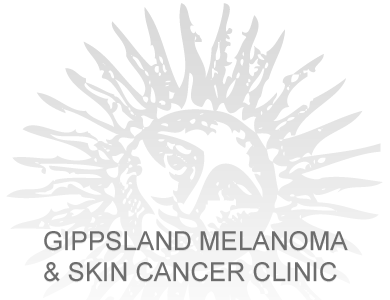There are skin lesions, spots or blemishes that need to be recognised and differentiated from true skin cancers. These lesions whilst not true invasive cancers with the potential grow, invade adjacent structures and metastasis will progress if left untreated and turn into a cancer. These lesions are Actinic keratoses or AKs and Bowens’s disease which both turn into squamous cell cancers.
The actinic keratosis usually appears as a crusted dry scaling skin lesion, common on the face, back of hands and arms and sometimes described as a dry patch of skin. Actinic keratoses can be treated by various means such as cryotherapy or liquid nitrogen or chemotherapy creams, both treatments destroy the upper most layer of the skin allowing it to regenerate into normal healthy skin. The only concern with both these ablative or destructive forms of treatment is that the diagnosis of the lesion is accurate and correct. There are many situations where cryotherapy or similar destructive forms of treatment has been used without a tissue biopsy and a proper skin cancer such as a squamous cell cancer or basal cell cancer has progressed with an obvious unsatisfactory outcome. Cryotherapy is easy but should be used with caution.
Bowen’s disease is essentially a squamous cell cancer in-situ, that is the earliest form of squamous cell cancer that is confined to the most superficial layer of the skin. It typically looks like a reddened dry patch of skin that does not go away. Eventually Bowen’s disease progresses to a proper ulcerated squamous cell cancer that has the potential to metastasize to local draining lymph nodes, although the potential for this to happen is only small unless it is neglected for many months or years. Bowen’s disease needs to treated in the same manner as a squamous cell cancer and needs excision of the full thickness of the skin with adequate margins all round.
